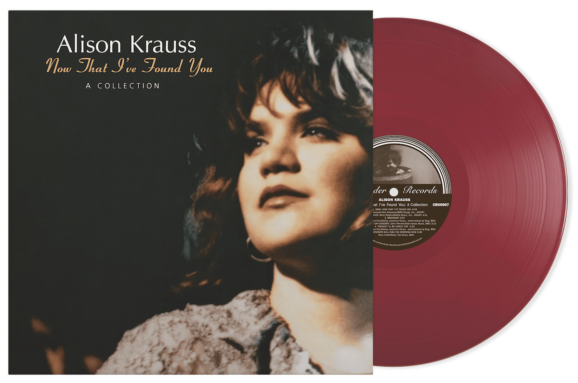About Ghosts is the fourth album from the incomparable guitarist Mary Halvorson’s sextet Amaryllis, following Amaryllis, Belladonna, and Cloudward. They were all named Jazz Album of the Year in DownBeat’s annual Critics Polls, where Halvorson was also named Guitarist of the Year in 2023 and 2024. It would be challenging to top those achievements other than to remain consistent. Yet, Halvorson changes it up for About Ghosts by augmenting her sextet with altoist Immanuel Wilkins and tenorist Brian Settles (Luke Stewart Silt Trio) on five of her eight original compositions. The idea of adding saxophones was to achieve a denser harmony. At one point, she was considering a record with mainly saxophones but decided to add them to the ensemble instead. She also uses a Pocket Piano synthesizer, marking the first time she has employed or played a synthesizer.
Halvorson is among the best composers who find a balance between coherent pieces that allow for free improvisation. Not only that, she’s one of the most democratic bandleaders, allowing considerable contributions from each member of Amaryllis, which is a star-studded ensemble. Vibraphonist Patricia Brennan is an energetic wonder when witnessed live. Bassist Nick Dunston, drummer Tomas Fujiwara, trombonist Jacob Garchik, and trumpeter Adam O’Farrill are all highly in-demand players in NYC’s Creative Music scene. John Dieterich (Deerhoof) produced and mixed as well.
The program kicks off with “Full Of Neon” with Garchik’s trombone, Halvorson’s guitar, and O’Farrill’s muted trumpet, establishing a lilting but slightly disturbed scalar and brassy melody along with Wilkins and Settles on the ensemble parts. Each voice darts in and out, with Garchik taking the first turn, followed by Wilkins’ distinctive alto, Settles’ tenor, and O’Farrill’s trumpet. Yet it remains largely an ensemble piece and, as is often typical, Halvorson lays back, giving free rein to her band. However, on the pulsating “Carved From,” her guitar and even the synthesizer are prominent along with Brennan’s vibes and Dunston’s bass, paving the way for inspired solos from Wilkins and Settles.
Let’s pause here for a description of Halvorson’s unique guitar style, which is built on percussive picking and her expert use of pedals (distortion and pitch shifting) and loops. Her style is primarily jagged and off-kilter, and she often uses a string-skipping technique, which creates unusual harmonics and textures. This is most evident on “Eventidal,” which reads mostly as a duet between Halvorson and Brennan, with Garchik and O’Farrill providing a dark backdrop in this slow-moving, ambient, and hypnotic piece. Fujiwara and Dunston develop a thick groove for the bouncy, angular “Absinthian,” which features Wilkins reveling in free-ranging improvisation alongside the Garchik and O’Farrill.
Listen carefully and you may hear synthesizers in the dreamy title track, where Halvorson’s guitar and Brennan’s deliberate vibes are in the forefront with the two saxophonists joining the two horns for an ebbing and swelling choir-like backdrop. Fujiwara’s skittering snares kick off “Amarthine,” one of three pieces without either saxophonist, as the Amaryllis sextet play off each other with short call-and-response and contrapuntal phrases, one where O’Farrill and Garchik especially shine. “Polyhedral,” a brief piece in comparison to the others, is a sextet rendered, mostly imbued by Brennan’s resonating vibes, with notes suspended in the ether, while O’Farrill and Garchik improvise furiously above. Likewise, closer “Endmost” is brief, mixing the dreamy with the ferocious. Settles shows his chops here, fitting seamlessly into the no-holds-barred approach of the other Amaryllis members.
Halvorson, as she has done on previous efforts, blends herself into the ensemble, rarely taking center stage, allowing her compositions to do so instead.








